Can Christians Play Dungeons and Dragons?
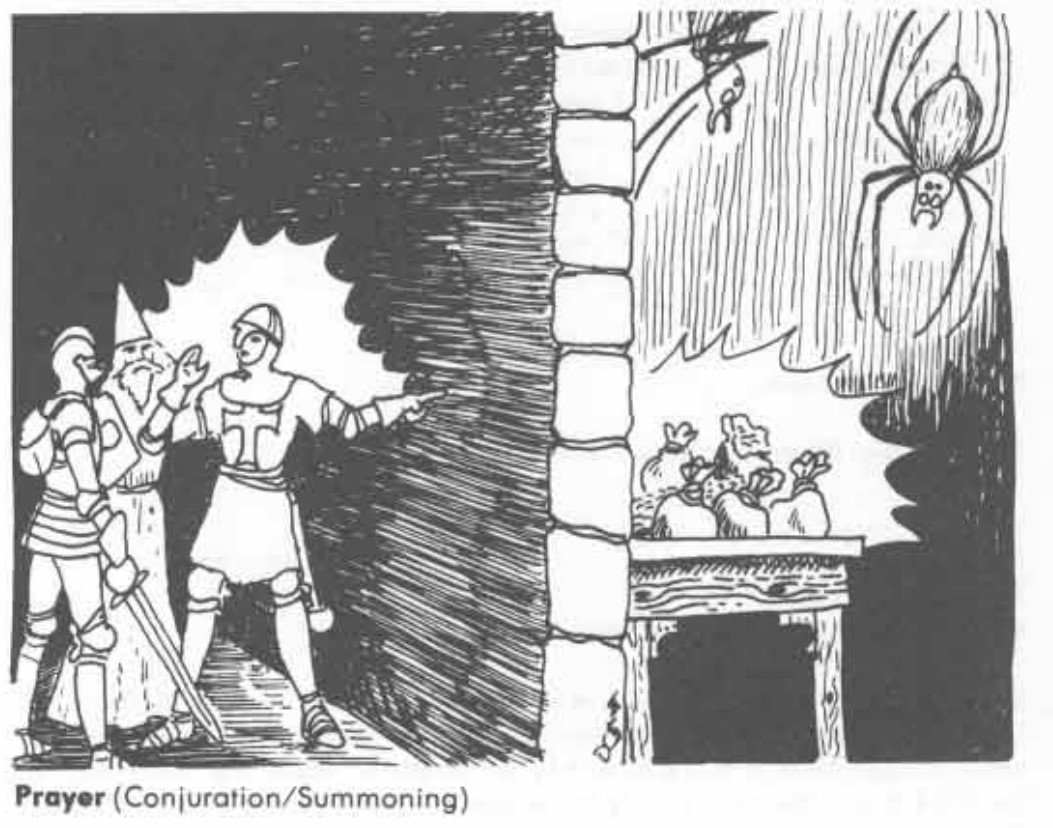
Aaron Irber asked me to write a blog post about the Satanic Panic and Dungeons and Dragons. This is an interesting topic, and one that only got moreso as I delved into it. Even now, almost forty years later, I think there is residual reluctance amongst creedal Christians to accept the culturally dominant tabletop roleplaying game as an acceptable leisure activity for either adults or teenagers.
My short answer to this is not only can Christians play D&D, I would recommend that Christians play D&D, as my look at the rules and implied setting of the game, as well as the popular literature that inspired it, all assumes not just Christianity but Christendom. Once you immerse yourself in the literary background you need to understand the game itself, a whole host of opportunities to form your emotions though art will become apparent; many of which have been lost to contemporary American Christians whose experience of Christian art is cramped.
See Clerics in Fantastic Literature, then The Church in D&D, and The Known Planes of Existence for examples.
The more interesting question is how we got to the place where a game that used biblical miracles as the inspiration of the abilities of the cleric class became associated with anti-Christian ideas. So, to get started, I talked to my parents.
I wasn’t allowed to play D&D as a child in the 80s, so instead most of my RPG experience is with the West End Games D6 Star Wars RPG. My mom’s answer as to why she was uncomfortable with D&D at the time was based on her experience as a nurse at Reed College in the 60s and 70s. She said, “people just lost themselves”, becoming unmoored from the real world playing D&D and other similar games at the time.
That’s a pretty interesting answer. I know my mom saw some weird stuff at Reed, and the use of psychedelics at Reed at that time probably contributed to what she saw there. However, most people probably didn’t have that particular experience, so while it is illuminating for my personal history, I think for the broader public there is more to the story.
That story has a name, the Satanic Panic. I am not the only amateur historian of this that thinks this is the watershed moment when believing Christians started to pull back from D&D.
Dungeons & Dragons is “a fantasy roleplaying game which uses demonology, witchcraft, voodoo, murder, rape, blasphemy, suicide, assassination, insanity, sex perversion, homosexuality, prostitution, satanic-type rituals, gambling, barbarism, cannibalism, sadism, desecration, demon summoning, necromantics, divination and other teachings.”
– Bothered About Dungeons and Dragons (B.A.D.D.), a one-woman “national organization” in the 1980s.
Skeptical science fiction author Michael Stackpole wrote a well-known series of articles on this one woman organization that serves as an admittedly extreme example of the broader cultural movement away from D&D even as it gained in popularity in the 1980s. That discomfort arose from the impression the D&D was associated with the occult and with Satanism.
All of this was not originally associated with D&D per se, but was part of a bigger concern over Satanism and children that is aptly represented by the McMartin preschool case. There were a rash of such cases in the 1980s, but the McMartin case was memorable because of the dramatic claims of tunnels underneath the school used to secretly move the children about.
These tunnels were widely considered a fabrication, at least until the October 25th, 2019 declassification of the FBI investigation of the McMartin preschool, which included a diagram and description of the tunnels.
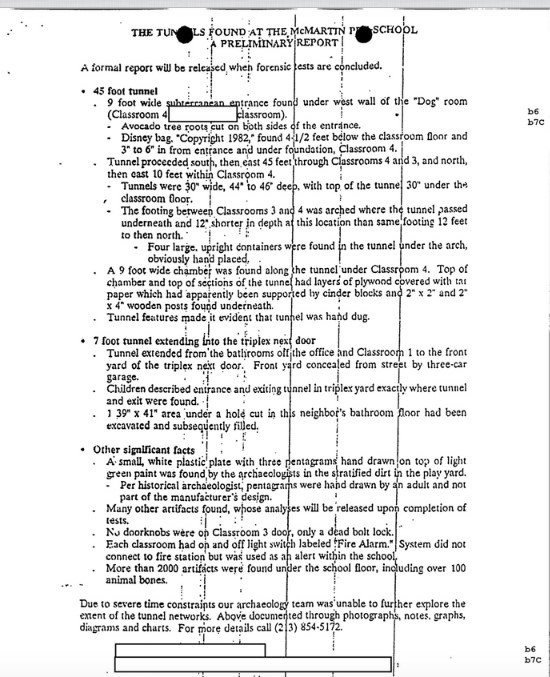
From the FBI investigation, it seems clear that there was a pretty successful cover-up that worked in part by exaggerating the influence of Satanism in American culture to obscure a few particular cases that had deep state connections, making them not stand out from the noise.
In this environment, D&D started to look suspicious to a lot of people. And I think there was some reason to think that. Let’s look at some examples. Here is an article from Dragon magazine #20, published by TSR in November of 1978.
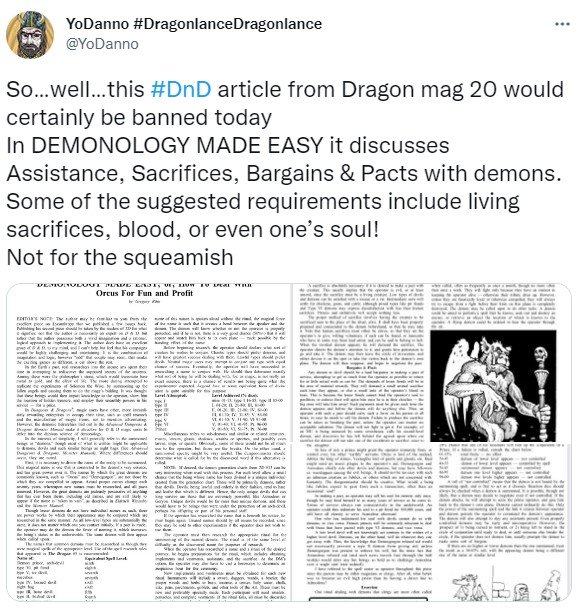
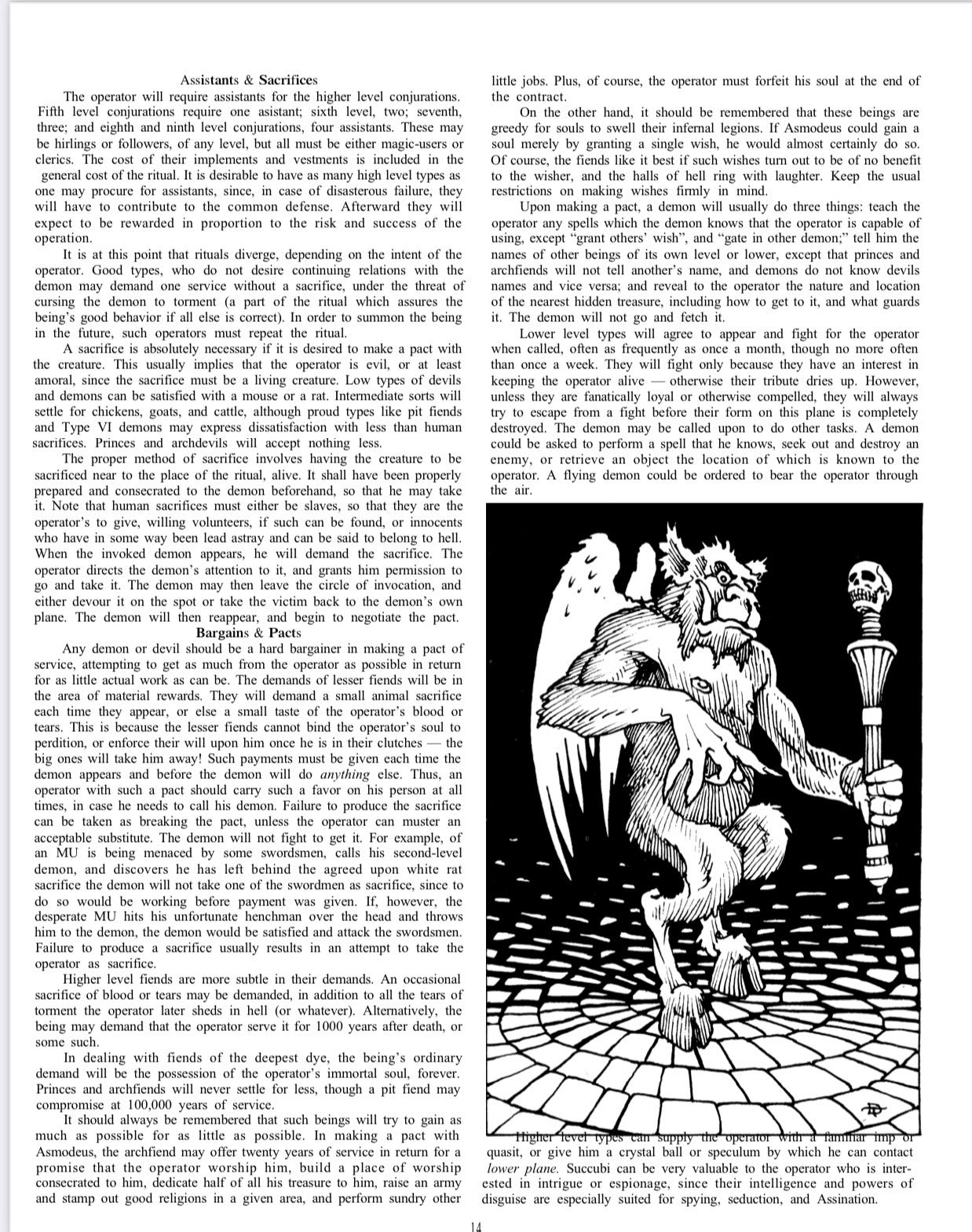
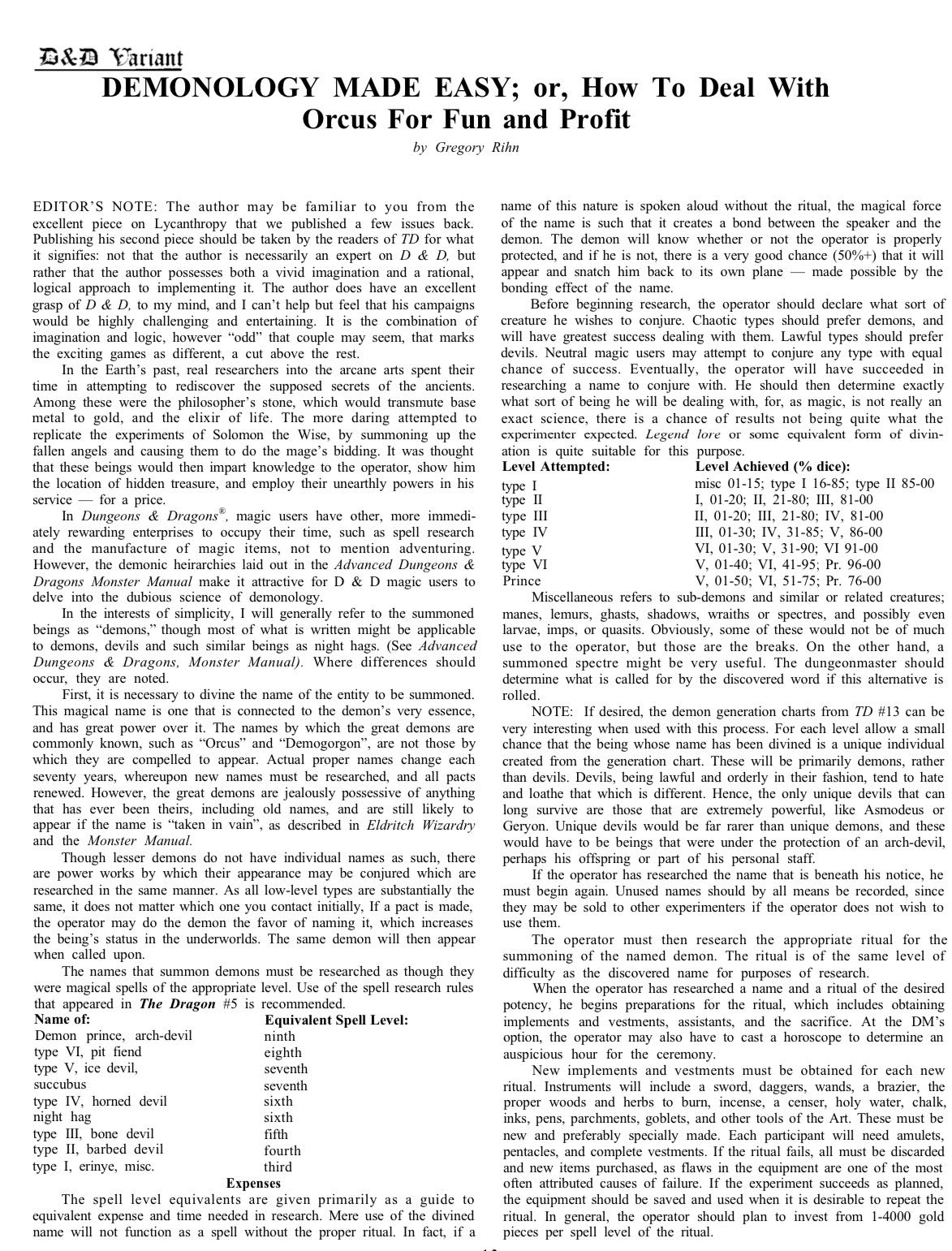



And here is another, from the adventure module S4 The Lost Caverns of Tsojcanth, published in 1982.
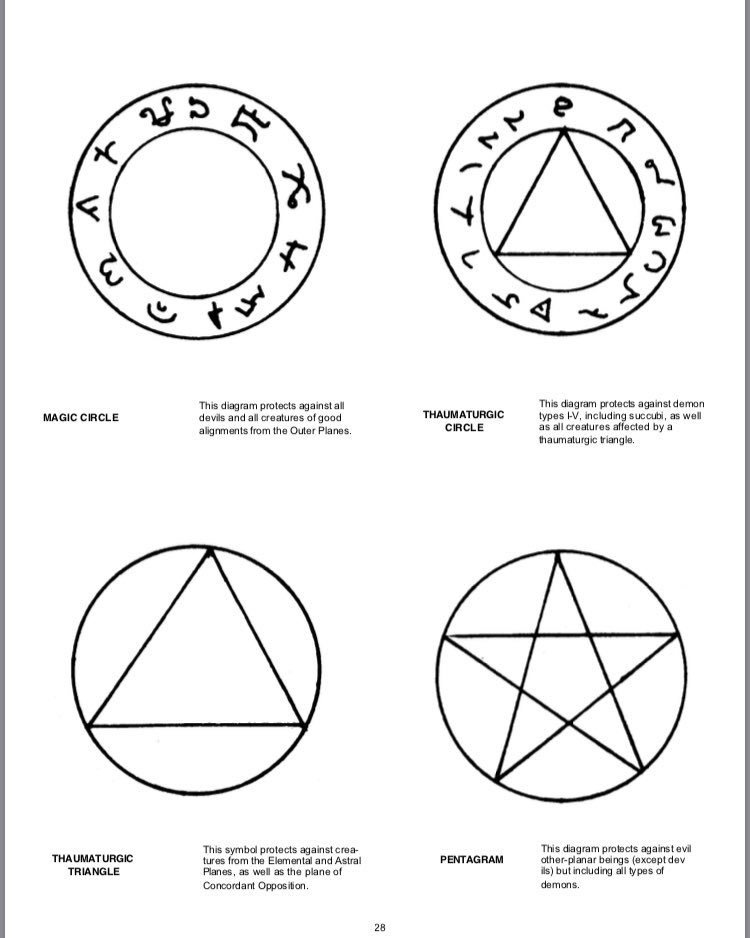
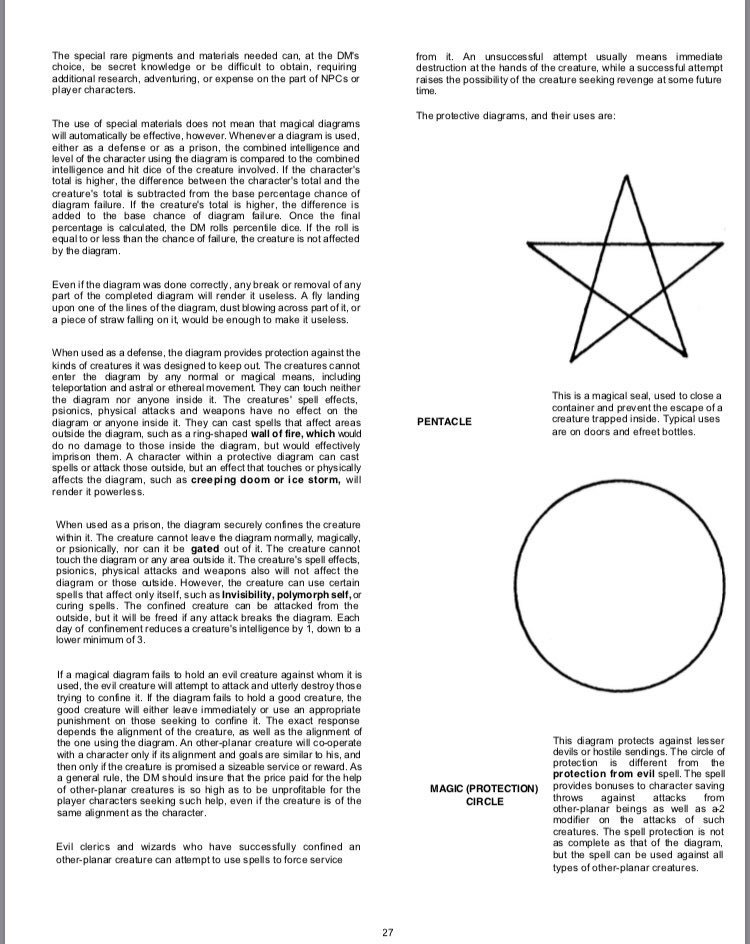
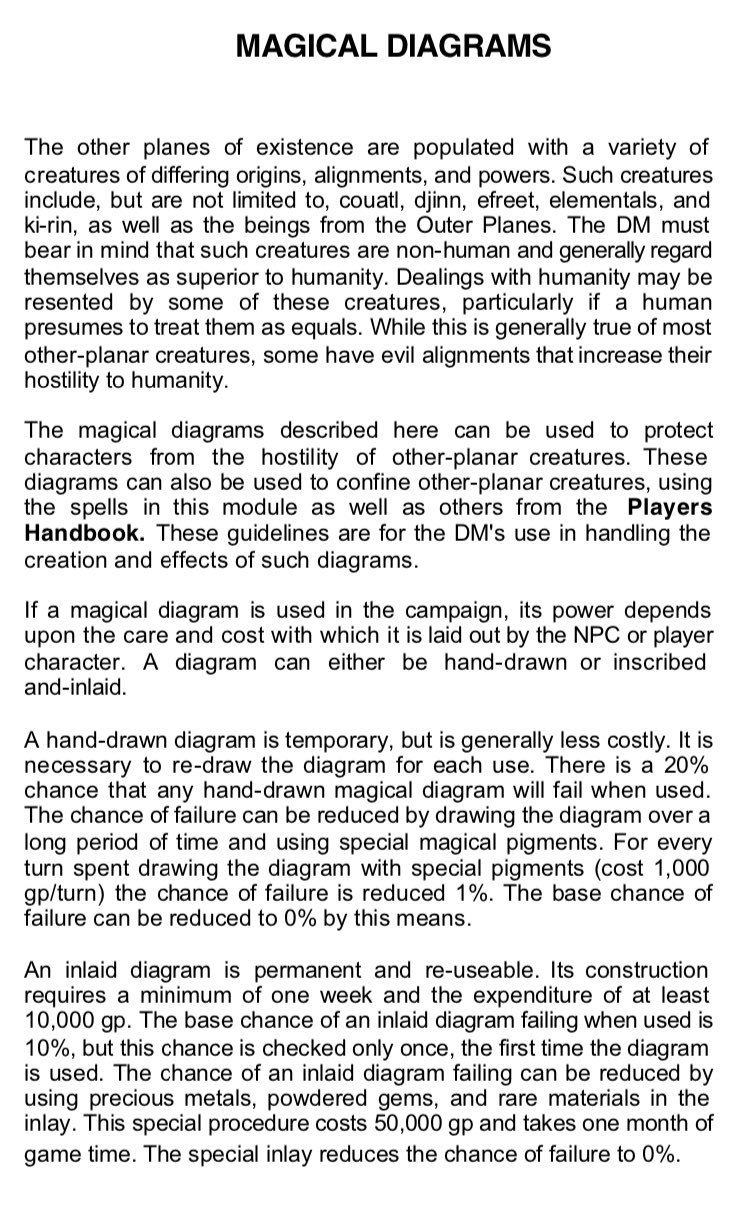
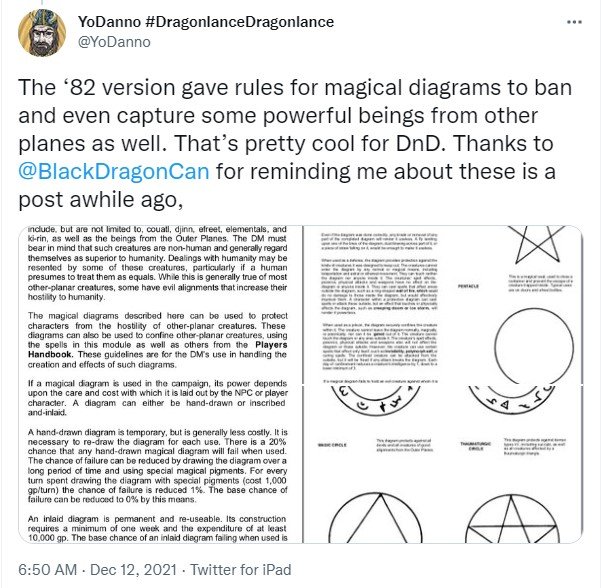




Neither of these things are in the core rules, but nonetheless are in official TSR products. I can see why this would make people cautious. That caution was caused by things external to D&D, but in this case it was very much like pushing on an open door, there wasn’t much to prevent extreme interpretations from becoming commonplace. D&D was collateral damage of something else entirely unrelated.
I can also see why Gary, with his interest in medieval history, would have included things like this, because it is very much a part of European history. Spengler called Western civilization Faustian after Goethe’s famous story, which is after all about making a pact with the devil.
The game that Gary and Dave originally designed was the pastime of middle-aged men, who were not particularly likely to go crazy from this kind of thing, which they probably would have already been aware of. However, in the 1980s TSR was trying to turn a hobby into a business by aggressively courting younger customers. So again, I can see why people were cautious.
But then again, these symbols haven’t always had the meanings they do in contemporary popular culture. Pentagrams are universally used as a shorthand for evil now, but in the 14th century a pentagram would have been seen as a Christian symbol.
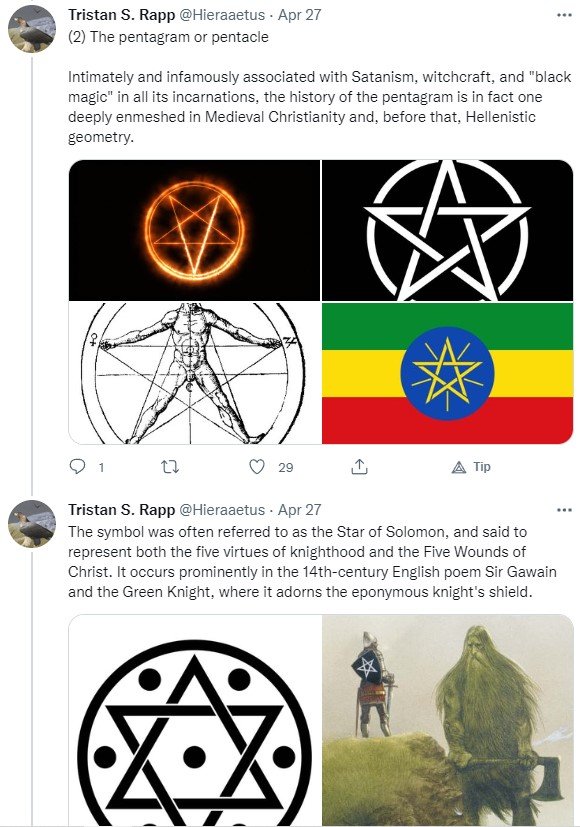
However, I also don’t see these things as the core of the game, which is about the mythic resonance of the battle between good and evil, law and chaos that you can find in the stories that inspired it. I’m of the school of thought that standard D&D play shouldn’t include evil players, as any attempt to play such characters honestly tends to ruin the game experience.
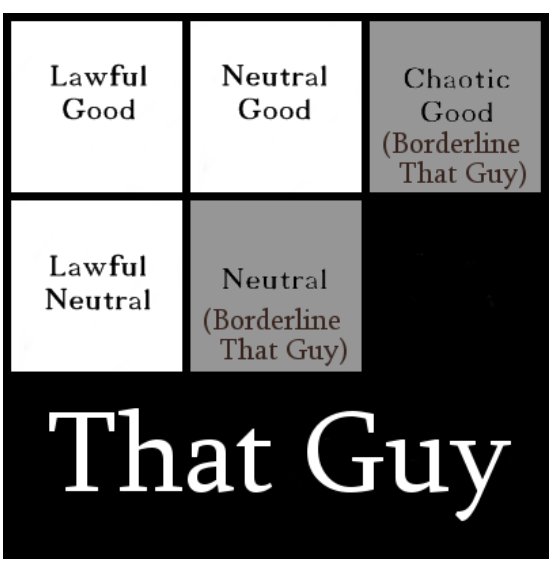
I’m well aware of the arguments that playing evil characters is harmless exploration, and I don’t find them convincing. For the most part, we have a tendency to turn into what we are pretending to be, and I don’t recommend this path, even though I know people who do it.
D&D is not a safe game, which is one of the things I think that disturbs the kind of Christian who expects their fiction to also be safe and inoffensive. However, I reject this point of view. It cramps the imagination and stunts the emotions. I do think many of the worst experiences that can be had in the game come from children or teenagers playing a historically grounded and morally complex game intended for an audience of middle-aged men. More supervision is likely required in such cases.
I would happily allow my own children to play D&D, although I would likely keep very careful tabs on who they play with. There is abundant evidence that this can turn out well, such as Rick Stump’s 40+ year campaign that he has played with his own children, now adults. Not coincidentally, Rick is also a fan of the kind of adventure fiction that I let my kids read too.
I don’t think Christians have anything to fear from D&D, especially given that the biggest controversy surrounding it was manufactured for unrelated reasons. In fact I think it is ours, and we should reclaim it.

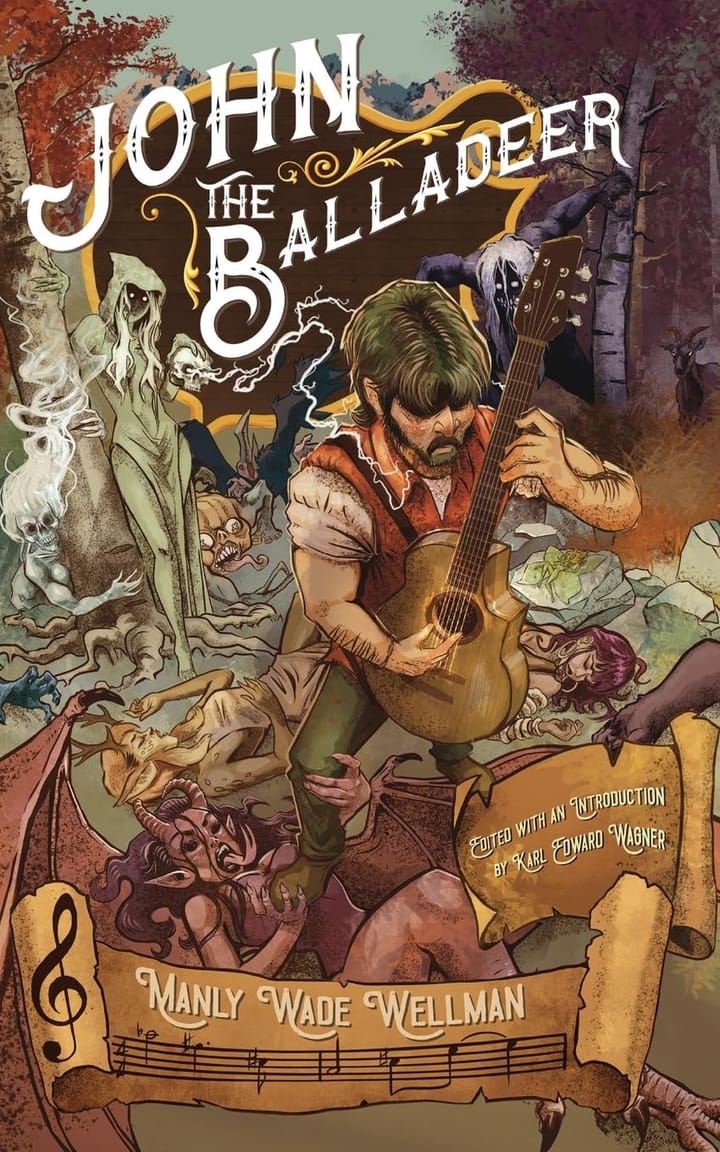
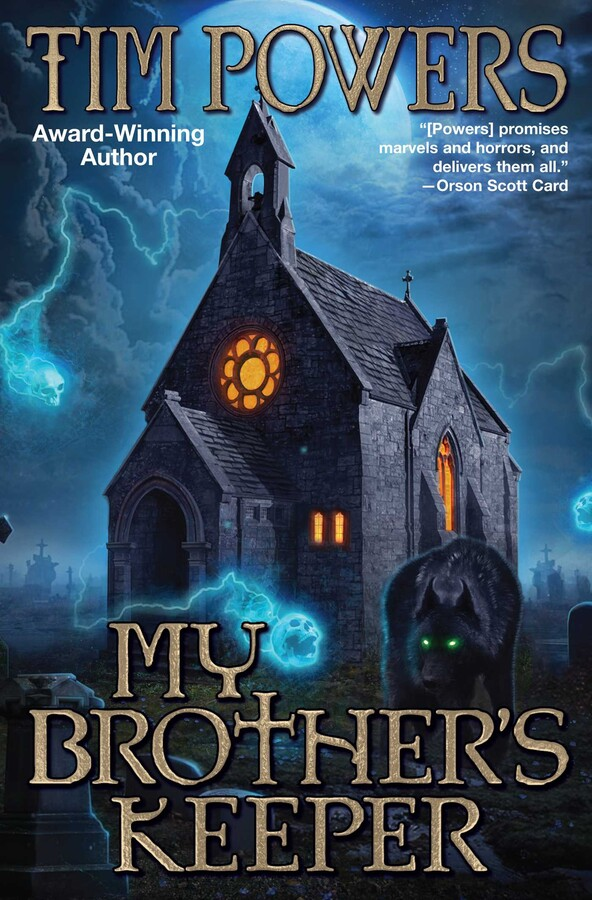
Comments ()